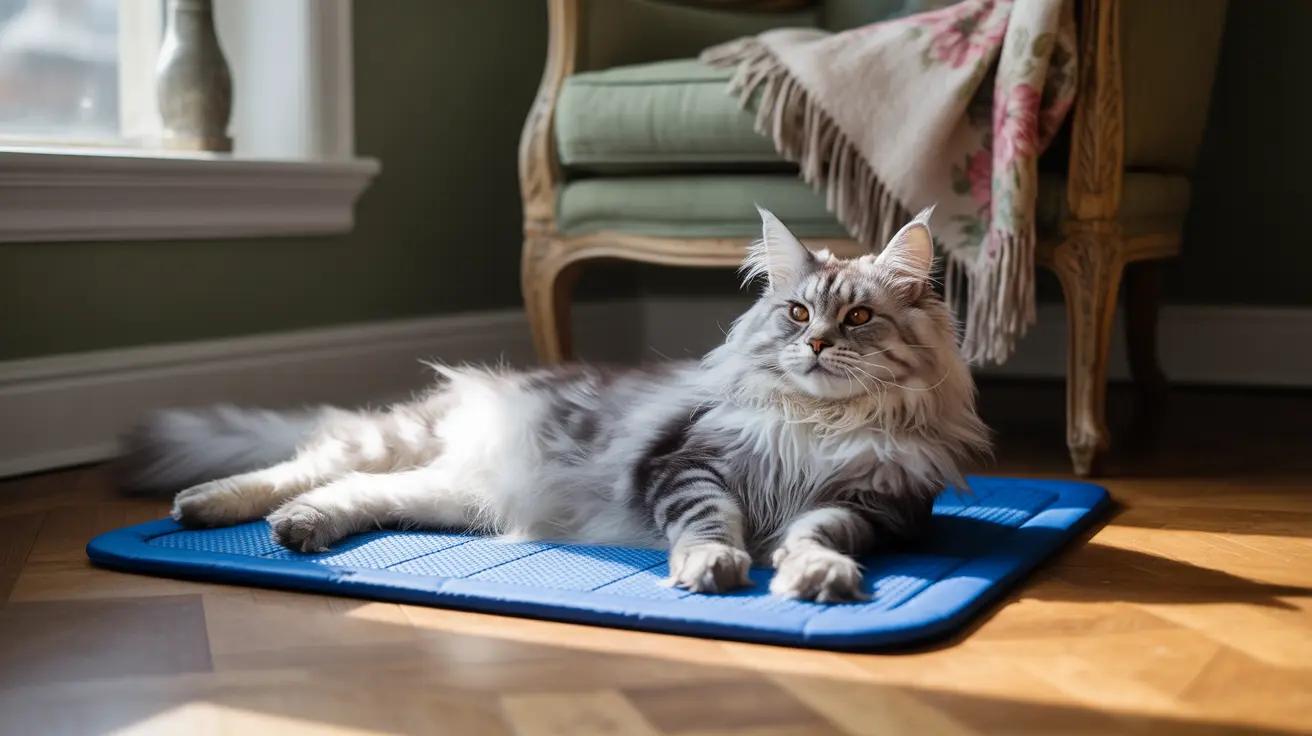As temperatures rise, many cat owners wonder about their pets' comfort and safety during hot weather. While cats are descendants of desert-dwelling animals, modern indoor cats often need help staying cool in warm environments. This comprehensive guide will explore whether cats need air conditioning and how to maintain their comfort during hot weather.
Understanding your cat's cooling needs is crucial for their health and well-being, especially since cats have limited natural cooling mechanisms compared to humans. Let's dive into everything you need to know about cats and air conditioning.
Understanding Cats' Temperature Regulation
Cats maintain a body temperature between 99.5°F and 102.5°F, which is higher than humans. Unlike people, cats only sweat through their paw pads and rely primarily on other methods to stay cool, including:
- Grooming themselves (evaporative cooling)
- Finding cool surfaces to rest on
- Seeking shaded areas
- Reducing activity levels
- Panting (though this is less common and can indicate heat stress)
When Do Cats Need Air Conditioning?
While cats can tolerate moderate warmth, air conditioning becomes necessary when indoor temperatures consistently exceed 85°F (29.4°C). This is especially important for:
- Elderly cats
- Kittens
- Overweight cats
- Breeds with thick fur
- Cats with health conditions
- Brachycephalic (flat-faced) breeds
Optimal Indoor Temperature for Cats
The ideal indoor temperature for cats ranges from 75-78°F (23.8-25.5°C). When temperatures rise above this range, cats may show signs of discomfort and could be at risk for heat-related issues. Air conditioning helps maintain this optimal range, particularly during extreme heat waves.
Signs Your Cat Is Too Hot
Watch for these warning signs that indicate your cat needs cooling:
- Excessive panting or drooling
- Lethargy or weakness
- Rapid breathing
- Vomiting
- Increased water consumption
- Seeking cool surfaces desperately
- Grooming more frequently than usual
Alternatives to Air Conditioning
While air conditioning is the most effective cooling method, you can also help keep your cat comfortable with these strategies:
- Provide multiple water sources
- Create shaded areas
- Use cooling mats or tiles
- Ensure proper ventilation
- Keep curtains closed during peak heat
- Create elevated resting spots away from hot floors
Frequently Asked Questions
Do cats need air conditioning in summer or just open windows and fans?
While open windows and fans can help, air conditioning is often necessary during intense summer heat, especially when temperatures exceed 85°F. Fans alone are less effective for cats since they don't sweat like humans do.
What is the safest indoor temperature for cats during hot weather?
The safest indoor temperature for cats is between 75-78°F (23.8-25.5°C). Temperatures above 85°F can be uncomfortable and potentially dangerous for cats.
Can leaving the air conditioning on all day make my cat sick?
No, properly maintained air conditioning won't make your cat sick. However, ensure the temperature isn't too cold and avoid directing air vents straight at your cat's favorite spots.
What are the signs my cat is overheating, and when should I be concerned?
Be concerned if you notice excessive panting, drooling, lethargy, vomiting, or rapid breathing. These are serious signs of heat stress requiring immediate action and possibly veterinary attention.
How can I keep my cat cool without air conditioning if I don't have AC?
Provide plenty of water, create shaded areas, use cooling mats, ensure good ventilation, close curtains during peak heat, and consider using ceramic tiles or elevated surfaces for cool resting spots.
Conclusion
While cats are adaptable creatures, air conditioning plays a vital role in keeping them safe and comfortable during hot weather. Understanding your cat's cooling needs and recognizing signs of heat stress can help ensure their well-being throughout the warm seasons. Whether you use air conditioning or alternative cooling methods, always monitor your cat's behavior and consult a veterinarian if you have concerns about their heat tolerance.






